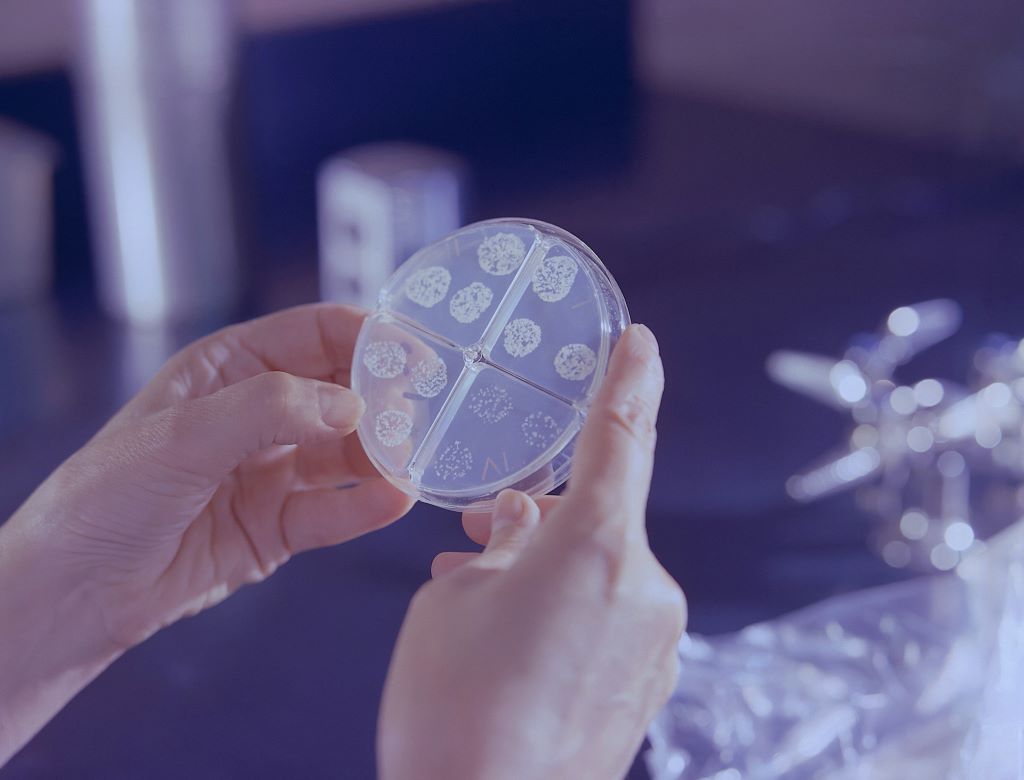We Need to Fight for Sleep Equity in SA, Say Leading Researchers
By Ufrieda Ho for Spotlight

Research into the link between disordered sleep and disease show an outsized burden on the most vulnerable. It’s sounding alarms for sleep equity to have a place on the public health agenda, reports Ufrieda Ho.
Scientists are increasingly connecting the dots on how a lack of sleep places a disproportionate health burden on at-risk population groups, including people living with HIV, women, informal workers, the elderly and the poor.
This year’s World Sleep Day on 15 March focuses on sleep equity. Researchers say that tackling sleep inequity and raising awareness for the importance of sleep as a pillar of good health could help stave off several looming public health pressures.
The lack of healthy sleep is linked to cardiovascular disease, obesity, hypertension, diabetes, mental health conditions and dementia. In South Africa, understanding the connection between sleep and HIV is also key to managing the health of the large ageing population of people living with the disease.
Karine Scheuermaier is associate professor at the Wits University Brain Function Research Group. The country’s oldest sleep laboratory founded in 1982 is based at the university’s medical school in Parktown, Johannesburg.
“Society understands the role of exercise and diet in good health but somehow sleep has not had the same kind of awareness or priority, even if sleep is linked to how well your body functions and your chances of developing disease,” she says. “We do everything else at the expense of sleep. Sleep is somehow a symbol of laziness in a work-driven society and we need to change this thinking.”
Sleep inequity in SA
Sleep inequity is linked to socio-economic realities, she says. Sleep inequity might affect the person who lives in an environment where safety and security is neglected or where there is a high threat of gender-based violence. It could also be having to navigate apartheid city planning that forced black people to live far from job hubs. This legacy means today many workers still wake up early to face long work commutes daily. There could also be inequity in division of labour in households, when one person wakes up to take care of children or elderly family members in the home.
Living in overcrowded informal settlements also presents disturbances for good sleep, including high levels of noise and bright floodlights as street lighting. Those who work in unregulated or informal sectors, including shift work or digital platform workers, like e-hailing drivers, are prone to lose out on quality sleep.
clinic that does clinical work, research, and training. Chandiwana says homing in on the intersection of HIV and sleep is critical in a South African context.
“The average person living with HIV who has started antiretroviral treatment on time should live as long as a person who doesn’t have HIV. But what we know is that the person with HIV is on average, living 16 years less of good health. They are more likely to develop type II diabetes, mental health issues, obesity, and heart disease – and we know poor sleep is linked to this,” she says.
Chandiwana says sleep science is still a relatively new field of medicine and the nascent research is still looking to better understand how sleep deprivation triggers immune pathways and chronic inflammation in people living with HIV, even those who are healthy and respond positively on treatment.
A current study at the clinic is looking into the intersection of obesity, sleep apnoea, and women living with HIV. Chandiwana says because so much is unknown, the issue of sleep equity extends to support and funding for more locally appropriate sleep research. Medical school curricula needs to change and more avenues to train people in sleep research needs to be established, she says.
“We have very little African data on sleep disorders and disordered sleep,” she says. She argues we need better data on things like how many people are affected by poor sleep, a better understanding of what is causing it and what it means, and then we need to present these findings to public health authorities to look at it as a public health issue.
“We do have specific challenges in our country. If you are trying to explain to someone, who isn’t South African, how the impact of load-shedding affects sleep or how living in a shack affects sleep, it’s not always easy to do,” she says.
Chandiwana says countries in the global North are already counting insufficient quality sleep as an economic cost measured in loss of productivity, efficiency, safety and society’s well-being. They are also changing public health policies accordingly. South Africa and the rest of the continent stand to be left behind, she says.
How to get better sleep in SA
Chandiwana says: “There is no lab in South Africa that does sleep studies for people in the public sector and no place in the public sector for people to even be diagnosed for a sleep disorder – so services are extremely limited. With something like sleep apnoea, we can’t offer patients in the public sector the gold standard intervention of CPAP [continuous positive airway pressure, which is a device of a face mask, a nose piece, and a hose that delivers a steady flow of air pressure to keep airways open while someone sleeps] because this is financially out of reach. Instead, we have to work with patients to help them lose weight and do positional therapy like training them to sleep on their backs.”
Other ways to get better sleep without costly intervention or sleeping tablets, the two scientists say, include getting exercise, not having food, stimulants or alcohol two to three hours before bedtime, limiting screen time of all kinds in the hour around bedtime, getting exposure to the early morning sunlight each day, keeping sleeping areas dark, quiet and at a comfortable temperature, and developing fixed sleep routines and sleep time rituals – like brushing your teeth, putting on pyjamas, reading for a short period and then going to sleep.
Ultimately, Chandiwana suggests it all comes back to building awareness that healthy sleep is part of health rights.
“We have to fight for sleep equity and we need people to know that sleep is not elitist – it’s not just reserved for some,” she says, “and we should not be accepting poor sleep as the norm”.
Republished from Spotlight under a Creative Commons licence.
Source: Spotlight






